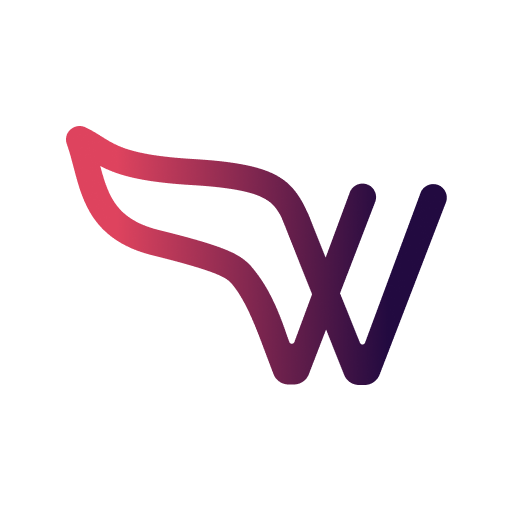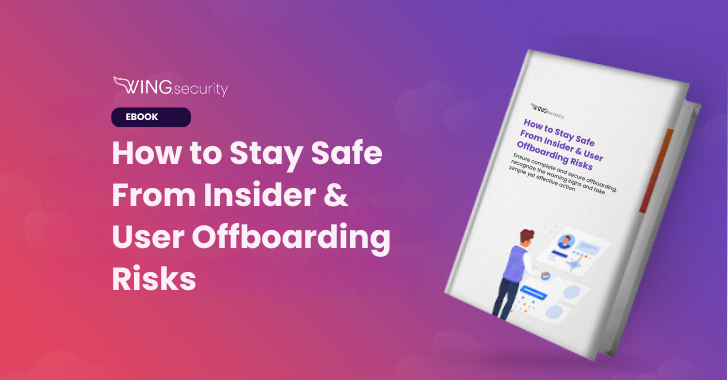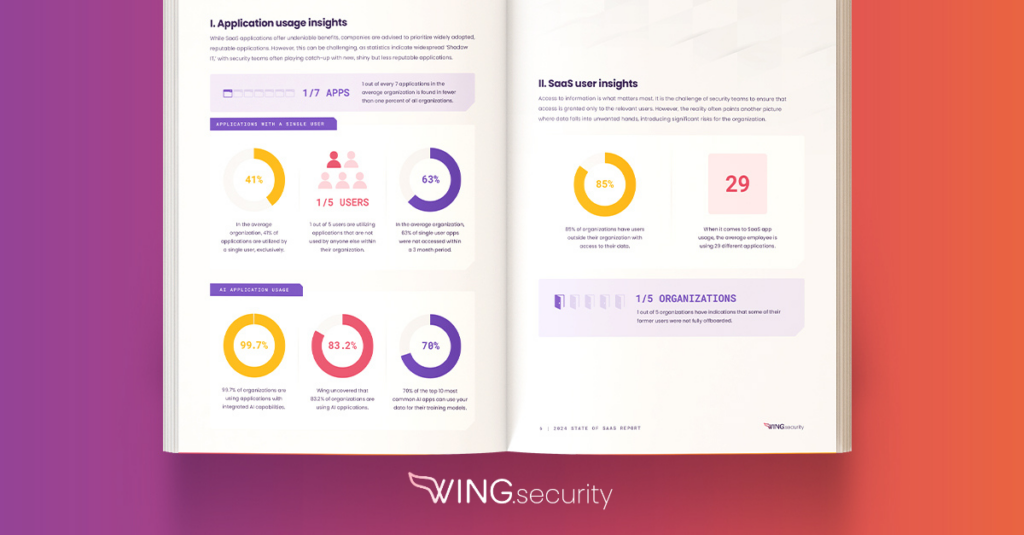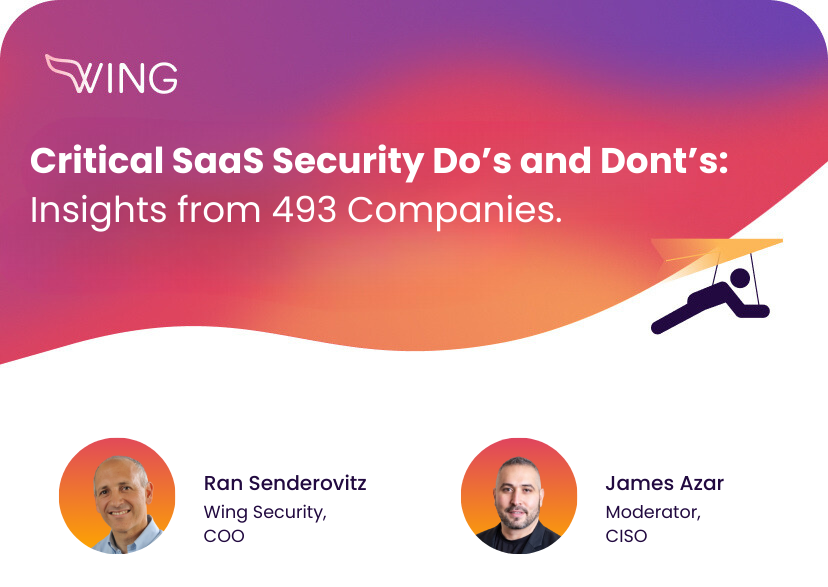If you’re a security or IT professional reading this, it’s safe to assume that you already have experience in choosing your vendors. So what makes SaaS security vendors different from the security vendors you’ve already had to choose from in the past? In some ways, nothing. Some criteria apply across all vendors and all industries. You want the best technology, for the best price, and with the best service. So this blog tries to avoid discussing the obvious. After all this being said, you’re probably curious how best to choose a SaaS security vendor because, let’s face it, SaaS security can be somewhat confusing at best (what does it mean, really?), overwhelming at worst (where do you even get started?).
Yes, SaaS Security is a broad term and many different vendors may fall into that category, whether in whole or partially. Classic SaaS Security vendors are defined as SaaS Security Posture Management (SSPM) vendors. However, some readers may actually consider Cloud Security Access Brokers (CASBs) to be SaaS security providers. Others may look to cloud security solutions and some may simply put their trust in the hands of the SaaS providers themselves (Spoiler: Big, huge mistake!). So where to begin the journey of ensuring your organization can use the SaaS it needs, safely? Unfortunately, the honest answer here is: It depends. If you can answer the three following questions, you can find the best SaaS security solution for your organization in no time.
3 questions to ensure the best solution for your organization
How many employees do you have?
Are you a small and rising startup? A mid-market-sized company or a seasoned enterprise? The number of employees an organization has dictates many things, but for the purpose of this article, and for the sake of determining which SaaS security solution to go for, keep in mind that the number of employees you have directly impacts the number of SaaS applications in use and the level of control you may or may not have over that annoying Shadow IT problem. Here are some stats, collected from nearly 500 companies (mostly mid-market size) to cement that point:
- The average employee uses 29 SaaS applications.
- In the average organization, 41% of applications are utilized by a single user, exclusively.
- 63% of those single-user applications were not even accessed in over 3 months.
While smaller companies (usually up to 50 employees) can still maintain some level of control, or simply settle for a free-to-use solution such as Wing Security’s Free Risk Assessment, large enterprises can often afford more than one solution to micro-manage every aspect of their security. Large enterprises have more resources, the manpower to handle those solutions, or simply find it easier to stay with a legacy solution they’ve had for a long time. They often go for the CASB option or may even develop their own in-house solutions or processes to ensure SaaS usage is monitored and controlled. Mid-market companies, however, are a whole different story and, up until recently, have been largely underserved.
Mid-market companies have a unique set of requirements. They’re tight on resources (budget, time, and manpower) yet have enough employees to make SaaS security a priority. They need to eliminate shadow IT, manage third-party risks and insider risks (TPRM/IRM), ensure compliance standards are met, and let’s not forget that pesky AI usage that has to be monitored for intellectual property and/or data leaks. If you’re in this category, SSPM vendors are probably the best fit for your needs. You should be prioritizing vendors that speak directly to your unique set of needs and requirements. Vendors that understand the pains of mid-market companies, and offer tailored solutions.
How much time can you spend on SaaS security?
This too is influenced by your company’s size and resources, but in truth, there isn’t one security or IT professional who doesn’t dream of a few more available hours during their workweek. The to-do list is daunting, dynamic, and ever-growing. When looking for a SaaS security solution, prioritize the ones that require the least amount of effort. SaaS security is an important “box to check”. You need it to ensure compliance, the security of your data, and let’s not forget it is a potential door into your organization. Having said that, you can still choose a solution that takes the burden off of you, entirely. Here are the capabilities and features you should be looking for:
- Remediation. Rather than just discovering and pointing out all the applications and risks that need to be taken care of, find a solution that offers actual in-product remediation workflows. If those can be configured to match your specific preferences and needs – even better.
- Automation. In-product remediation is a must, but the ability to automate remediation is a game changer. Auto-remediation is key to ensuring SaaS security issues are always taken care of, eliminating the need for you to be constantly involved in manual intervention.
- Ease of use. True, ideally, this should apply to any solution out there, but while some cybersecurity products are unavoidably complex, large, feature-heavy, SaaS security solutions simply cannot afford to be. Seek a solution that doesn’t need long training, enablement, or hand-in-hand support to operate, because who has the time for that?
Do you aim to consolidate your security solutions?
This is a matter of approach. Some go for what’s often referred to as “best of breed” solutions, while others prefer an “All-in-one” approach. While there is no right or wrong here, there is a clear consolidation trend when it comes to security solutions. This too is more characteristic of mid-market companies who cannot afford the overhead of orchestrating a myriad of solutions. Rather than taking one solution for shadow IT, a separate one for shadow AI, another for TPRM, IRM, misconfigurations, compliance, and one for all that exposed data employees share across SaaS – opt for a single vendor that provides excellent coverage for all of the above.
Finally, excellent customer support and solid references are a must. That too is true for most vendors, across most industries. But without them, it’s harder to make the right decisions while purchasing and difficult to stay satisfied with your purchase over time.
While each organization and every IT and security professional has their own set of priorities and requirements, the above should be a guide to navigating the evolving SaaS security landscape.
To recap (or, the TL;DR version): Choose a SaaS security vendor that understands and fits your organization’s unique set of needs and requirements. When it comes to SaaS security, your organization’s size typically dictates the amount of SaaS and therefore SaaS risks that require your attention. Make sure you prioritize a solution that actually solves the security issues it finds, rather than piling on more work for you and/or your team. Ask the vendors you’re evaluating to provide customer references and test their customer success offering.
Eager to see an SSPM in action? Want to self-onboard for free before committing? Start here
Anything important we missed? Disagree with one or more of the above? Contact us



